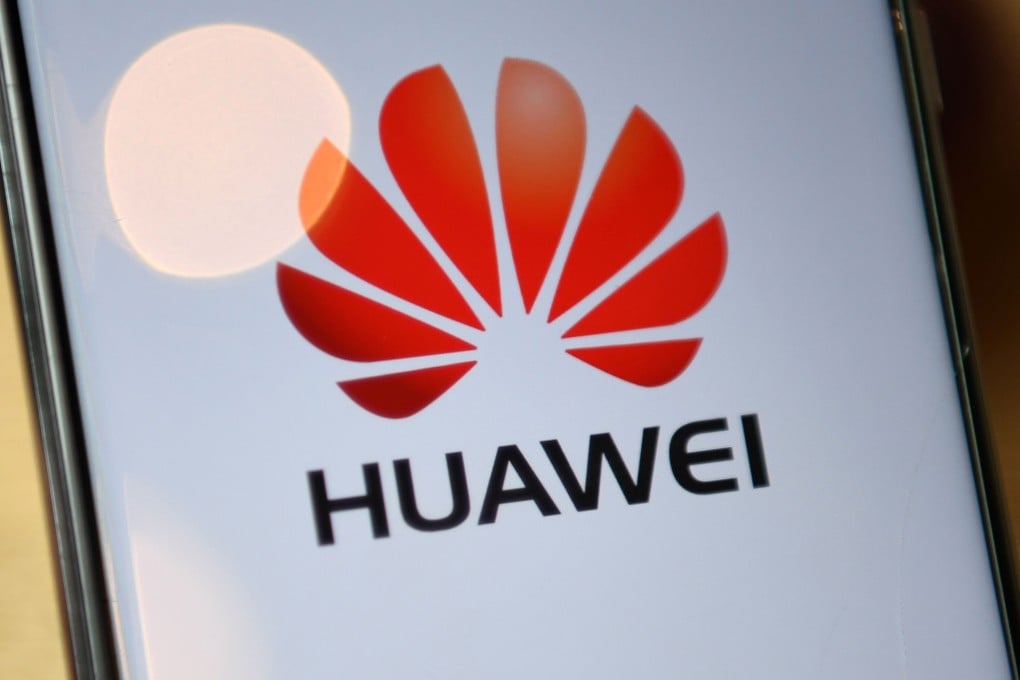Huawei aims to deploy Harmony OS on 400 million devices in 2021, going beyond smartphones to reach many IoT gadgets
- Huawei says it wants Harmony OS deployed on more than 200 million of its own devices and more than 100 million third-party devices in 2021
- The in-house OS is important to the telecoms equipment giant as it faces US tech restrictions, but breaking the Apple and Google duopoly remains a challenge

China telecoms equipment giant Huawei Technologies Co. aims to deploy Harmony OS on 400 million devices in 2021, according to a senior Huawei executive, as the Chinese telecoms giant manoeuvres to survive harsh US technology restrictions.
Wang Chenglu, the head of software at Huawei‘s consumer business group, said at a forum on Tuesday that the company’s goal for Harmony OS this year is to install it on over 200 million Huawei devices and over 100 million third-party devices. “Altogether, the hardware products with Harmony OS will reach 300 million to 400 million units by the end of this year,” Wang said.
It remains to be seen whether the Shenzhen-based company can break the mobile OS duopoly of Apple’s iOS and Google’s Android. It is difficult for new operating systems and app ecosystems to gain widespread adoption among consumers.
Huawei unveiled Harmony OS in August 2019, about three months after the US announced restrictions that barred the company from shipping Google apps and services on new products. But Wang denied Harmony OS was developed to skirt US sanctions.
“The outside world may speculate whether Huawei developed Harmony OS because of US sanctions. I can tell you it’s not the case,” Wang said. The system started development in May 2016, he added, when Huawei was concerned about all its devices relying on another company’s software.